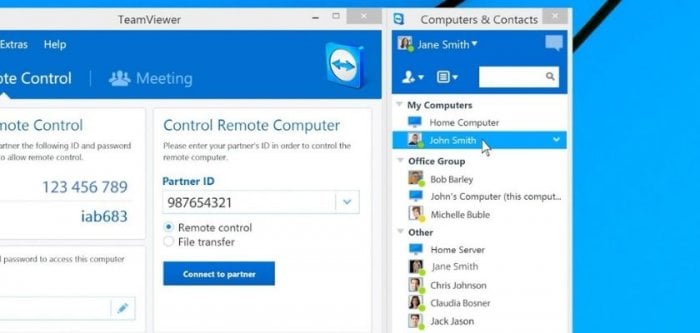
This article was originally published on BGR. More from BGR: A hot new smartphone brand might finally be coming to America IPhone hacking case highlights FBI's lack of tech expertise

Norton antivirus has a gaping security flaw Newly discovered zero-day exploit affects almost every version of Windows Remote-access software has to trade on the strength of unbreakable security just the faintest hint that there's a major security breach could kill the product. Whichever way you cut it, this doesn't look good for Teamviewer. Uninstall Teamviewer if you're particularly paranoid (or, to be honest, if you're not expressly using it right now).Ĭheck the log, which can be found under Extras->Open log files, and look for any unexpected incoming connectionsĬheck your credit cards, PayPal and eBay accounts for suspicious activityĬhange the password on your Teamviewer account, and check to see if your email has any known hacks that could reveal your password. Also, TeamViewer claims that there is no hack or data breach, and any account hijackings stem from reuse of passwords compromised in the recently disclosed LinkedIn, Tumblr and MySpace breaches. Log out of your Teamviewer account on any machines running the service, so that access can't be gained by a username/password combo.

While the breaches are being investigated, here's a few things you can do to ensure any machine you're running is safe. Something weird is going on, however: Teamviewer's site was down for a few hours this morning, a problem the service attributed to a DNS problem. Previously, hackers used malicious TeamViewer app to target unsuspected users with TeamSpy data-stealing malware.


 0 kommentar(er)
0 kommentar(er)
